Lighting project raises energy awareness
 |
| illustration photo |
Nguyen Khoa Son, director of the Vietnam Energy Efficient Public Lighting project (VEEPL), was speaking at meetings in Hanoi on June 14 to announce the results of the project, which was sponsored by the Global Environment Facility (GEF) and the United Nations Development Programme (UNDP). He went on to emphasise that changes to the legal framework including the Law on Energy Using Efficiency and Decision 79/2009/ND – CP on urban lighting management were its biggest successes.
The five-component project with funding of over $15.3 million, $3 million of which came from the GEF, also helped provide technical and financial support to develop energy efficient public lighting in Vietnam and improved awareness of energy efficient consumption and production
Since 2006, 15 energy-saving public lighting models have been installed in Hanoi , HCM City and Quy Nhon, saving 14.9 million KWh and 6,400 tonnes of carbon emissions, prompting other localities to follow suit.
Professor Dang Vu Minh, chairman of the National Assembly's Committee on Science, Technology and the Environment, said the exceptional results were due to improved public awareness.
"I see the use of energy saving devices on both new constructions and existing households. There is a real wind of change sweeping Vietnamese consumer habits," he said.
This is shown by changes on the market. Last year, more than 46.3 million energy efficient lights were produced in Vietnam , compared to 500,000 in 2006.
UNDP representative Do Thi Huyen said that the good results did not solely lie in the amount of power saved or carbon reduced but also on the impacts to the environment, especially in the context of global climate change.
Tran Trong Hue, director of the HCM City Public Lighting Company, said that overlapping management had been a problem for the lighting sector.
Nguyen Quoc Khanh, a project expert, said that the implementation of policies and legal regulations in the lighting sector was still limited due to human and financial shortages and poor awareness of both authorities and enterprises.
"Energy consumption limits are still not compulsory for enterprises, so if people continue to buy products that consume a lot of energy, enterprises will continue to produce them," he said.
Lighting accounts for about 25 per cent of all electricity consumed in Vietnam, and public lighting makes up nearly one-tenth of that.
What the stars mean:
★ Poor ★ ★ Promising ★★★ Good ★★★★ Very good ★★★★★ Exceptional
Related Contents
Latest News
More News
- Viable progress made with M&As from Japan to Vietnam (November 27, 2024 | 10:43)
- Home firms make M&A presence felt (November 27, 2024 | 09:33)
- Thailand's BCPG invests $130 million in Gia Lai wind power plants (November 26, 2024 | 15:08)
- The 16th Vietnam M&A Forum: A Blossoming Market (November 26, 2024 | 13:53)
- Posco interested in $2.2 billion Quynh Lap LNG thermal power plant (November 26, 2024 | 13:50)
- $1.4 billion Nhon Trach 3 and 4 to operate in 2025 (November 26, 2024 | 13:37)
- Hung Yen focused on attracting high-tech FDI (November 26, 2024 | 13:20)
- Foreign investors flock to invest in southern provinces and cities (November 26, 2024 | 10:00)
- Trump may mean challenges for Vietnam but FDI remains strong (November 26, 2024 | 08:30)
- HCM City set to welcome fresh wave of US investment (November 26, 2024 | 08:00)

 Tag:
Tag: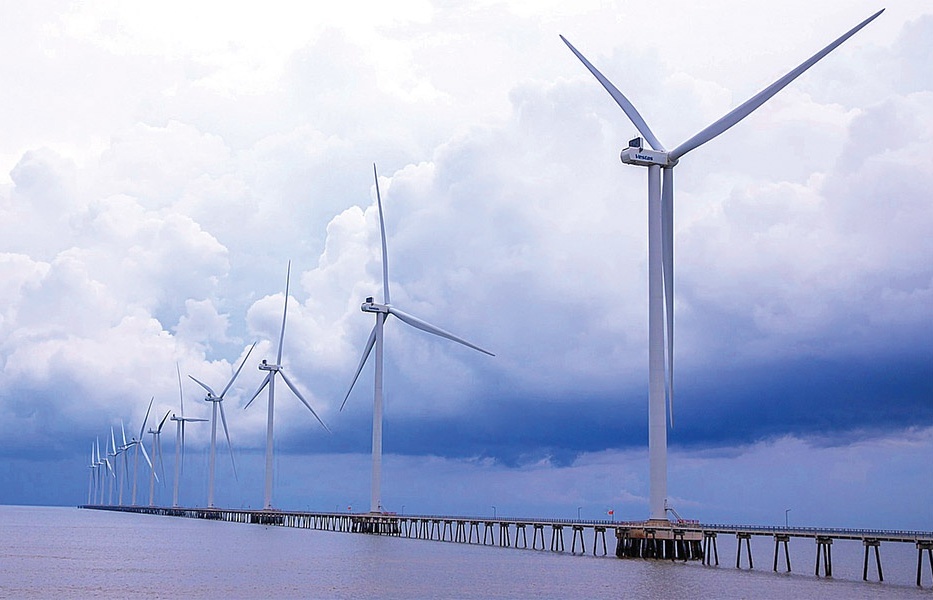
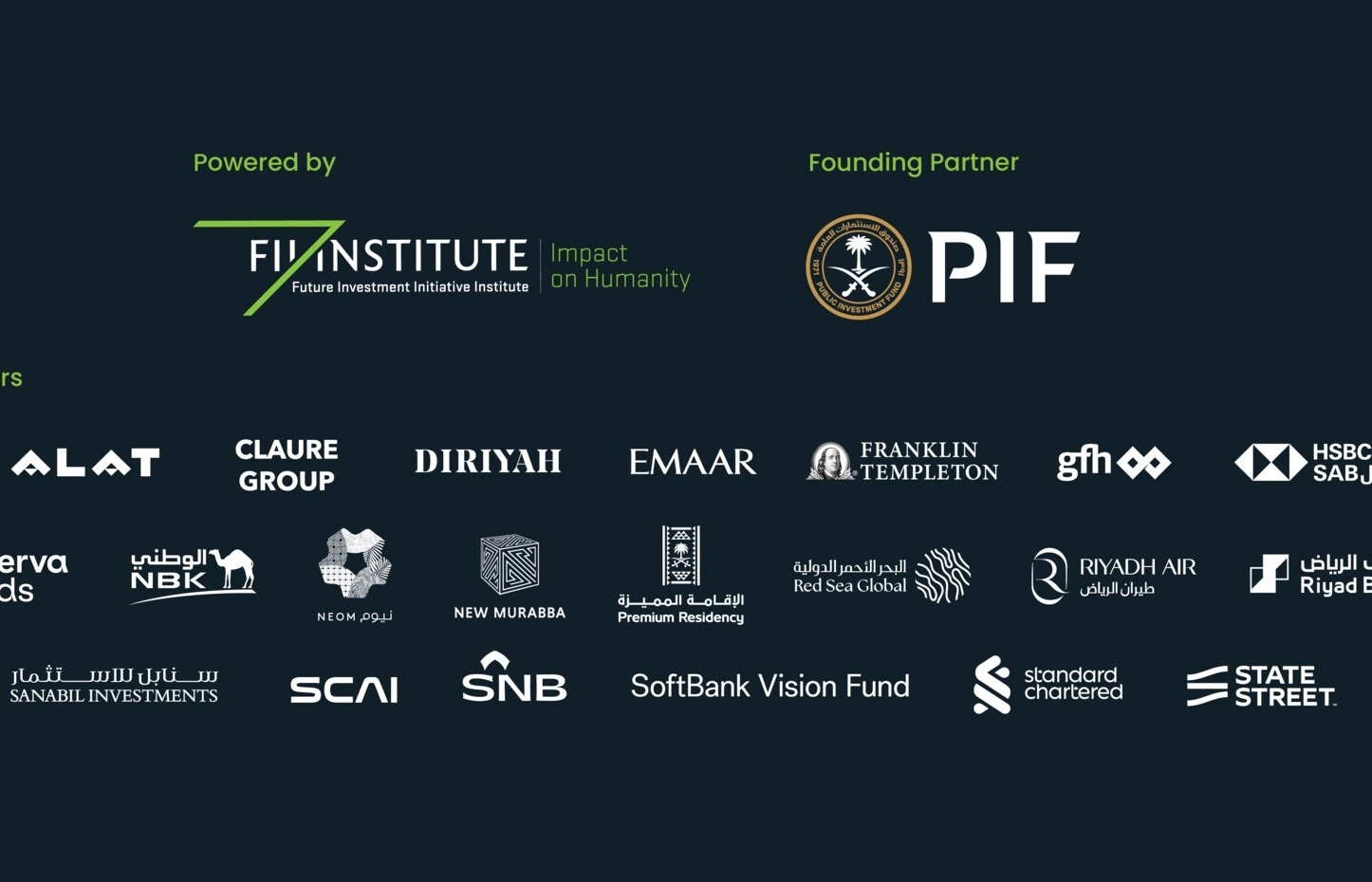


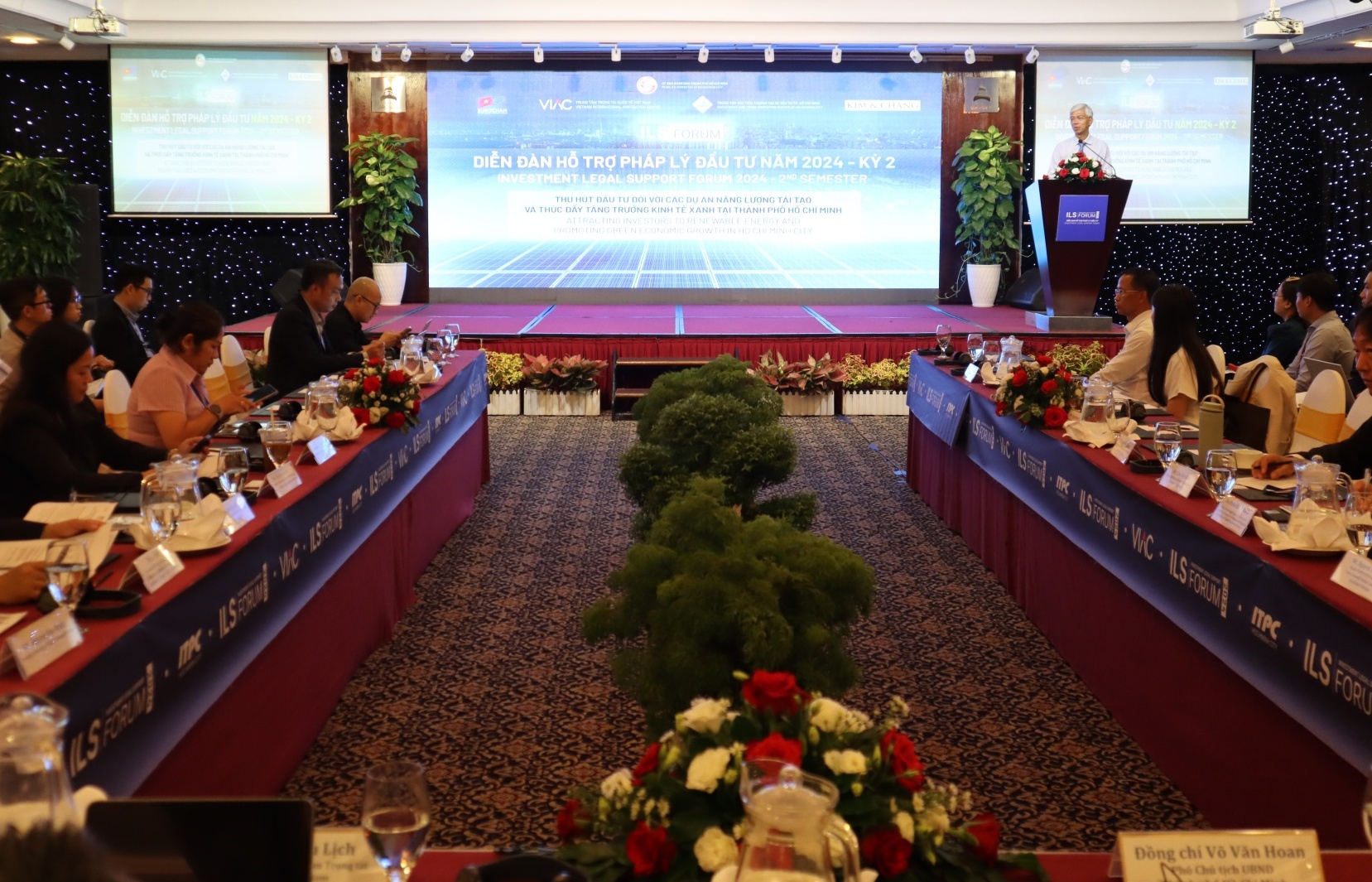
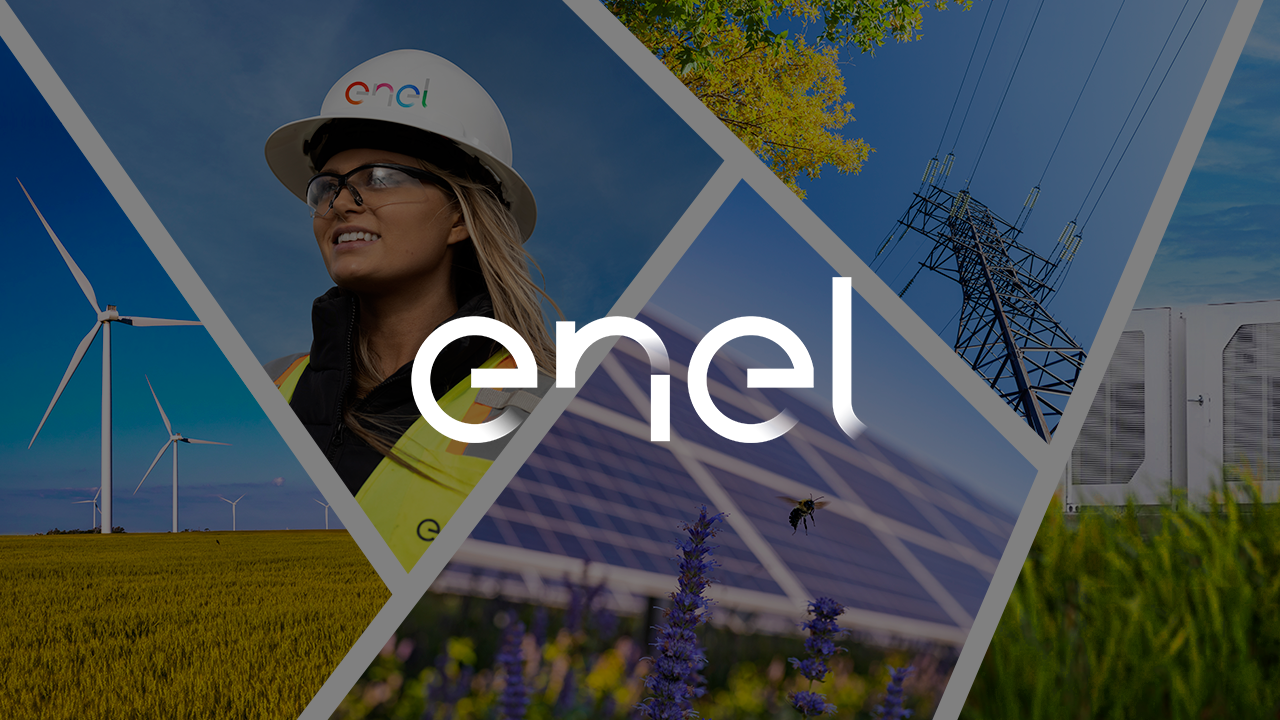
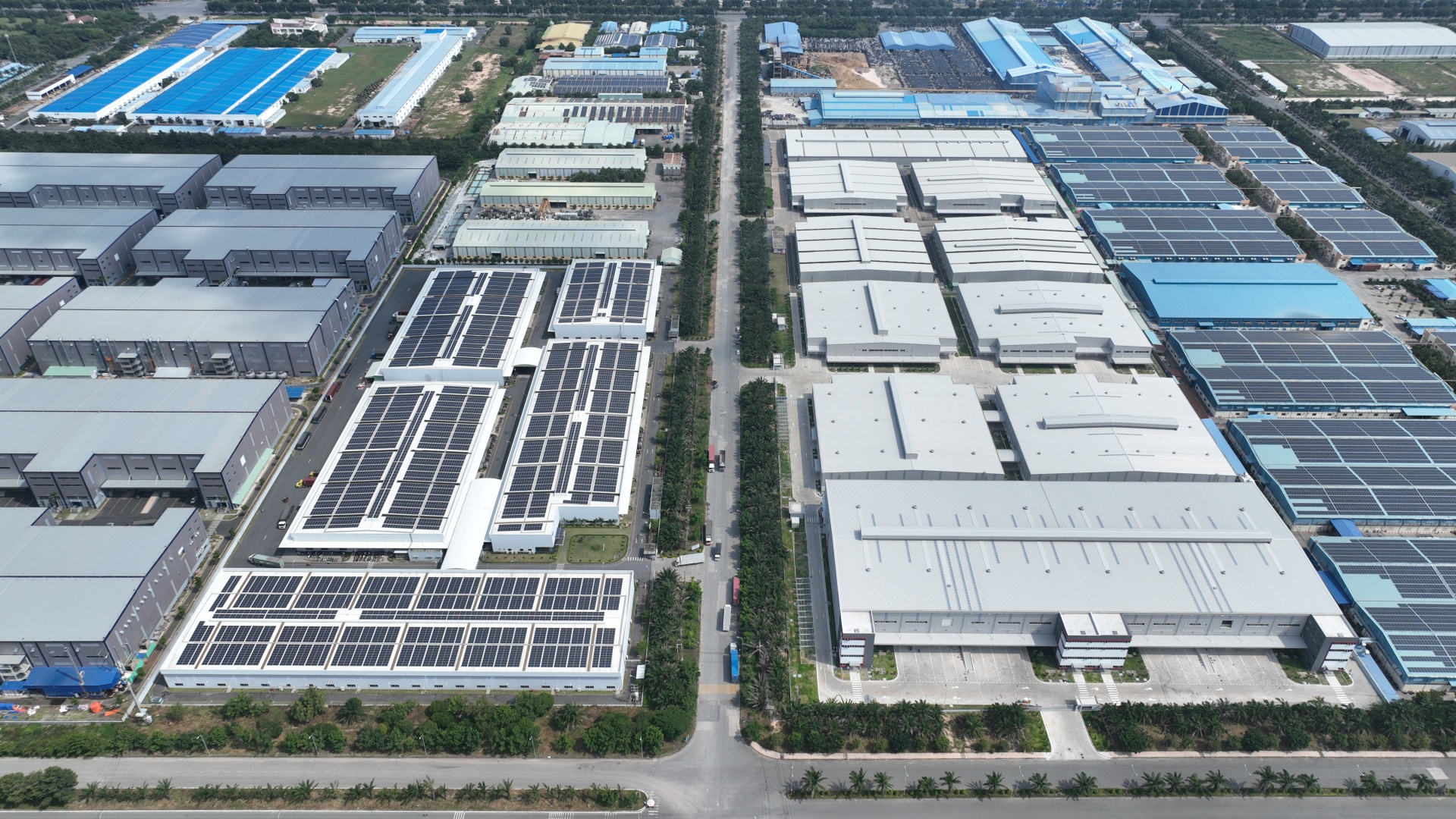
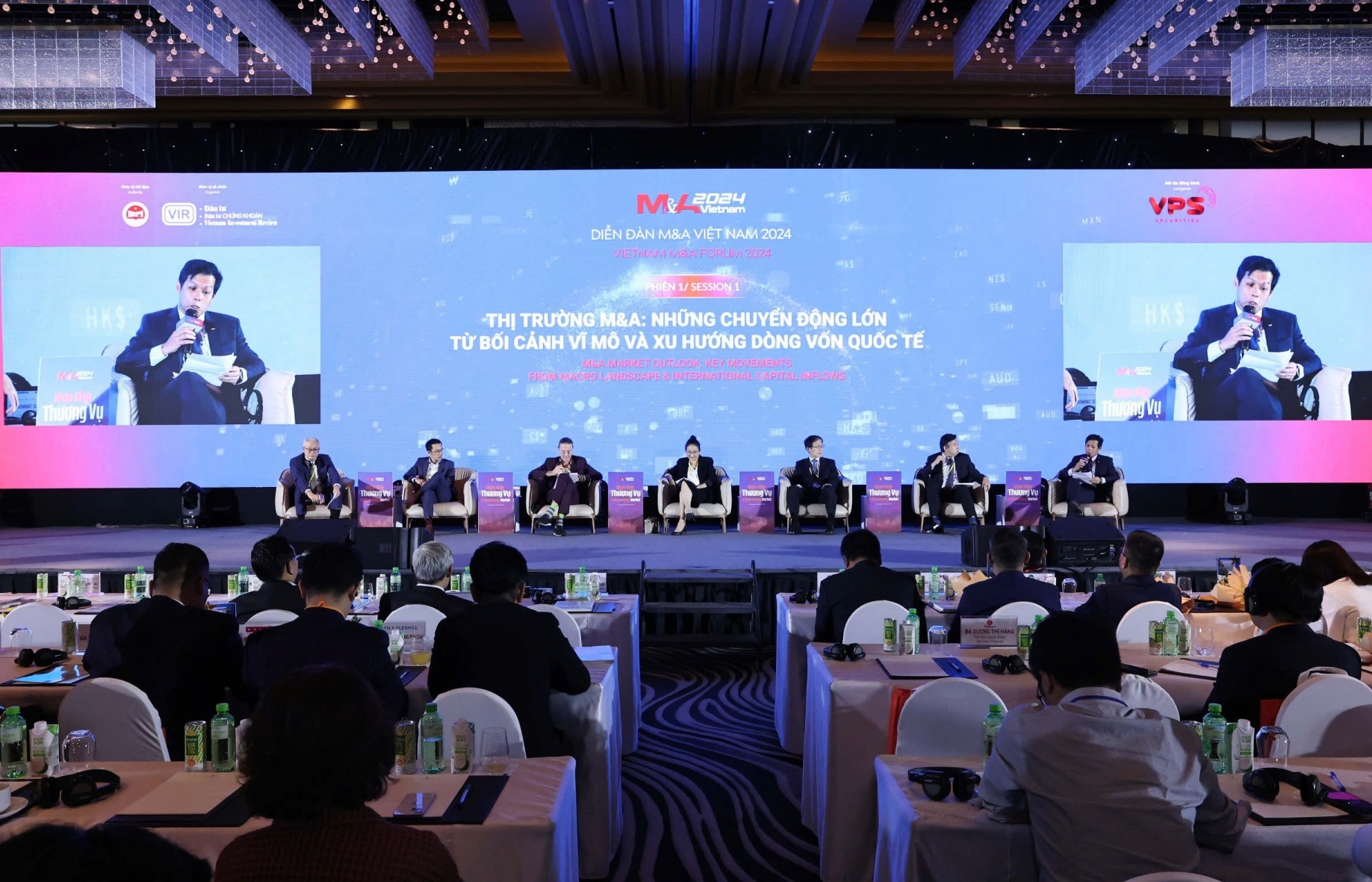
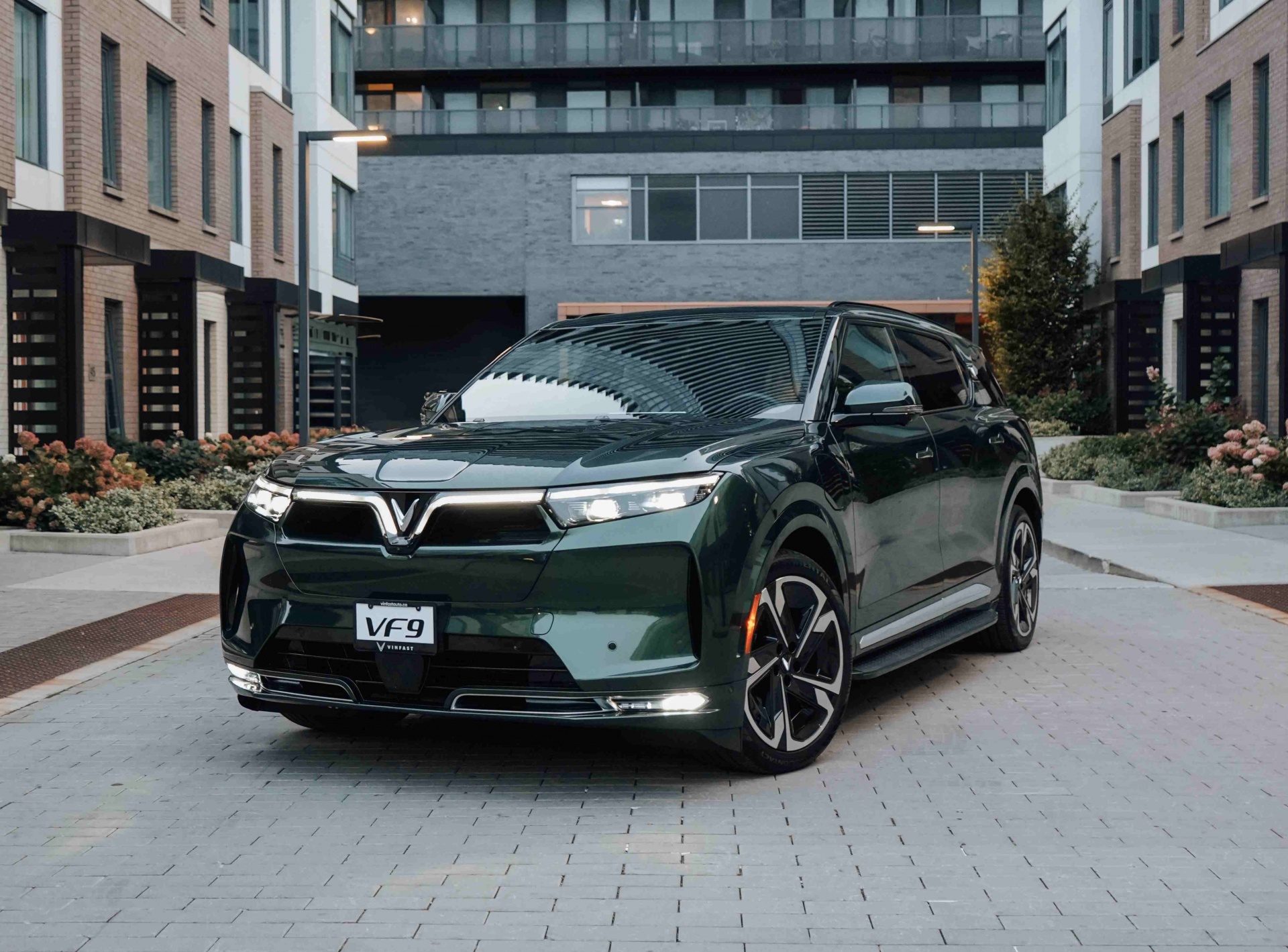
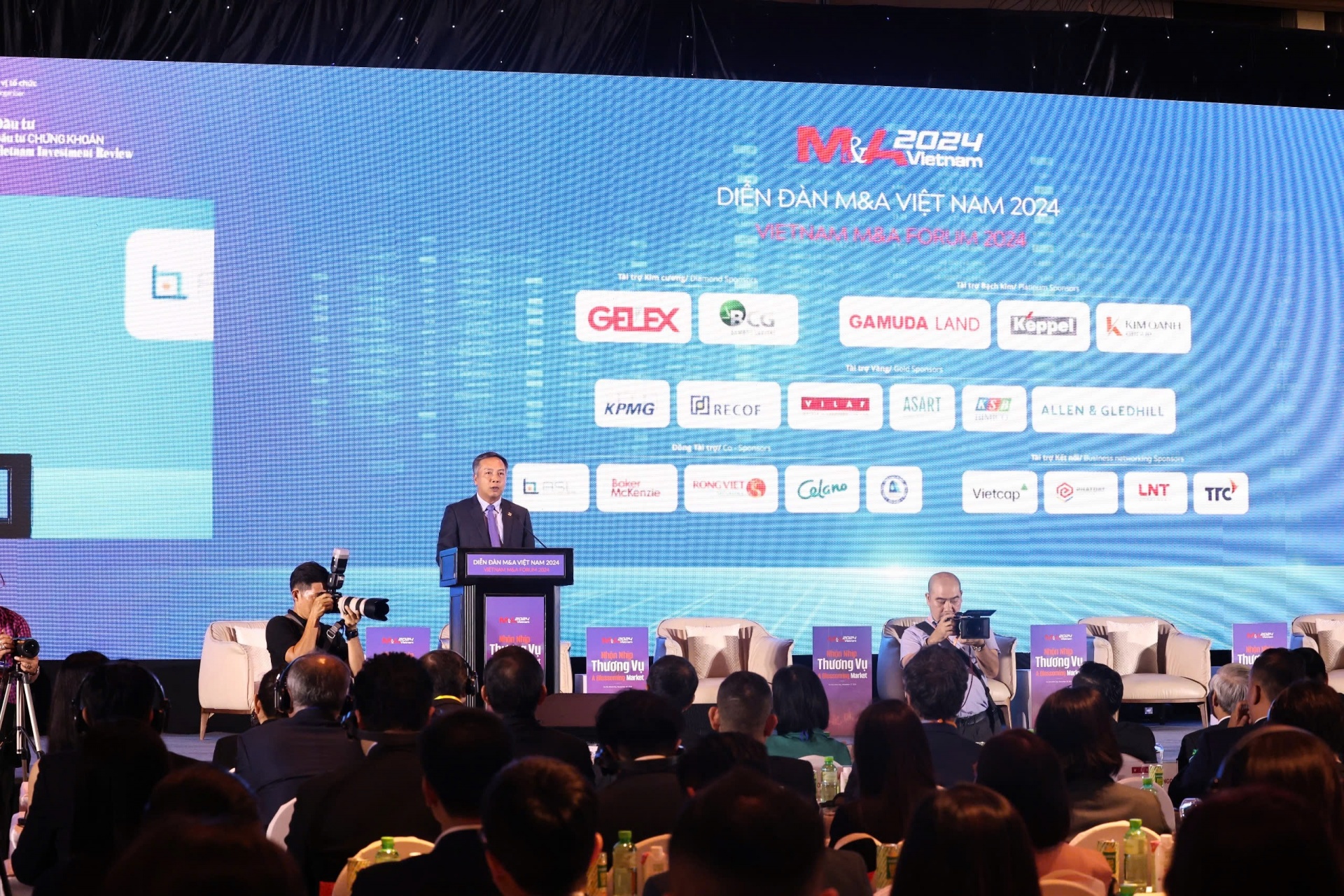
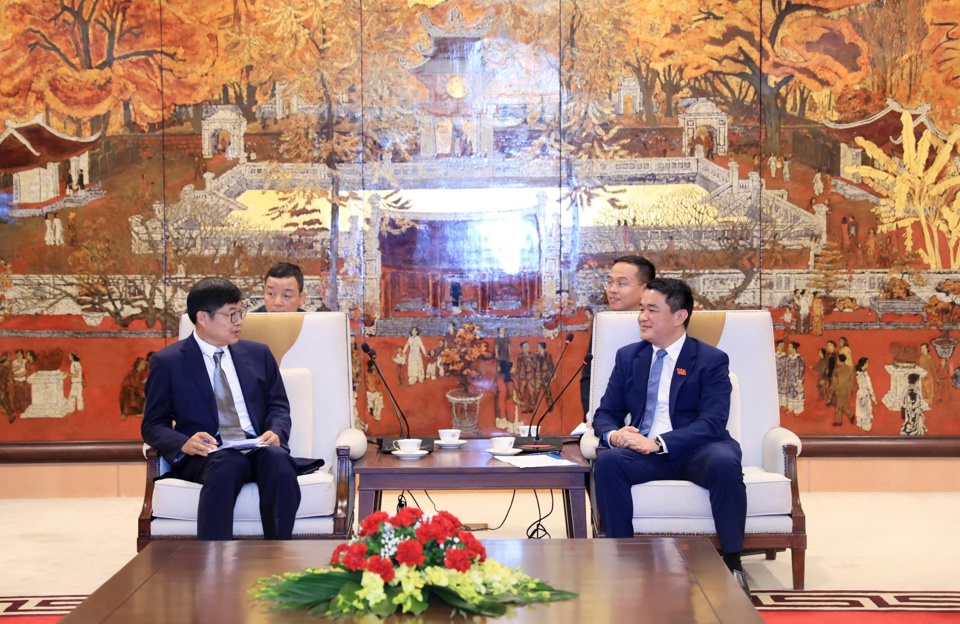
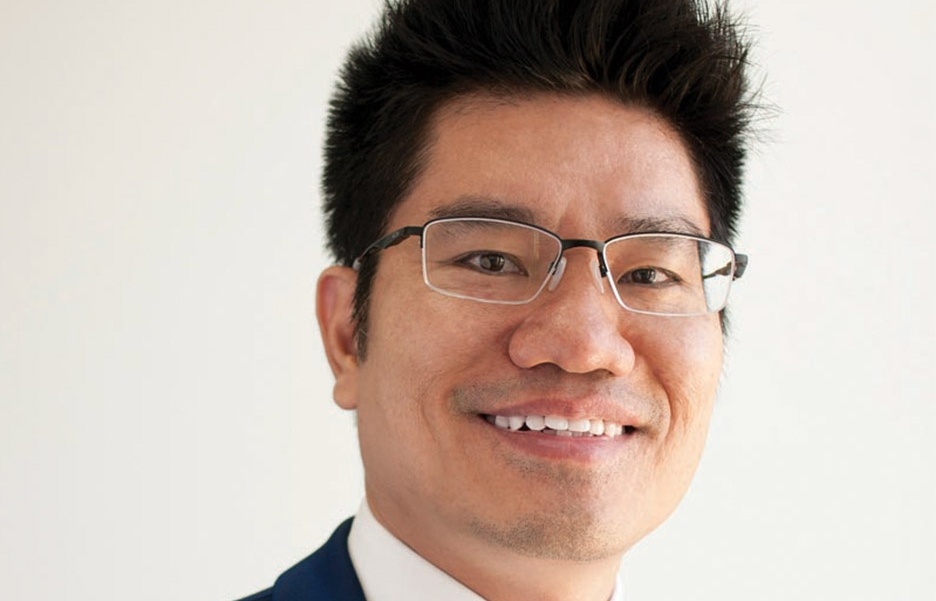










 Mobile Version
Mobile Version